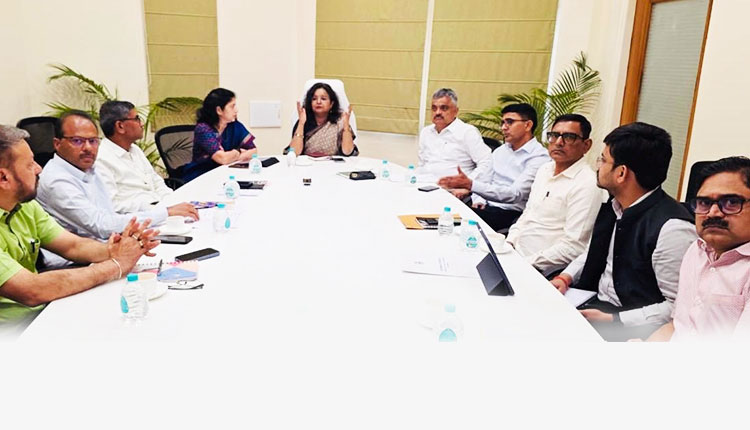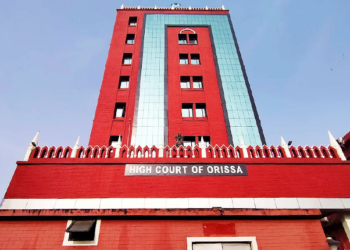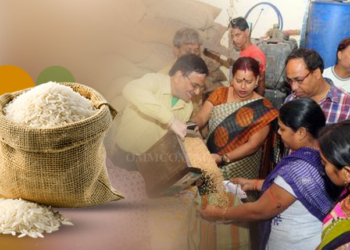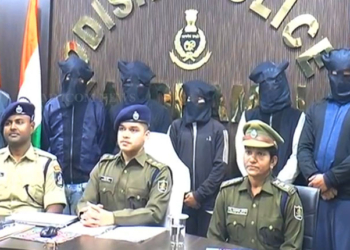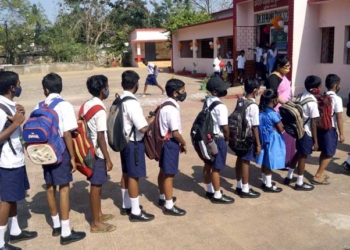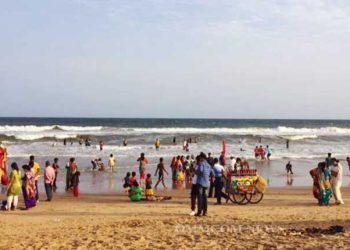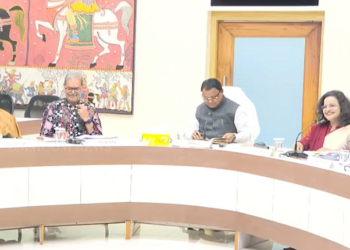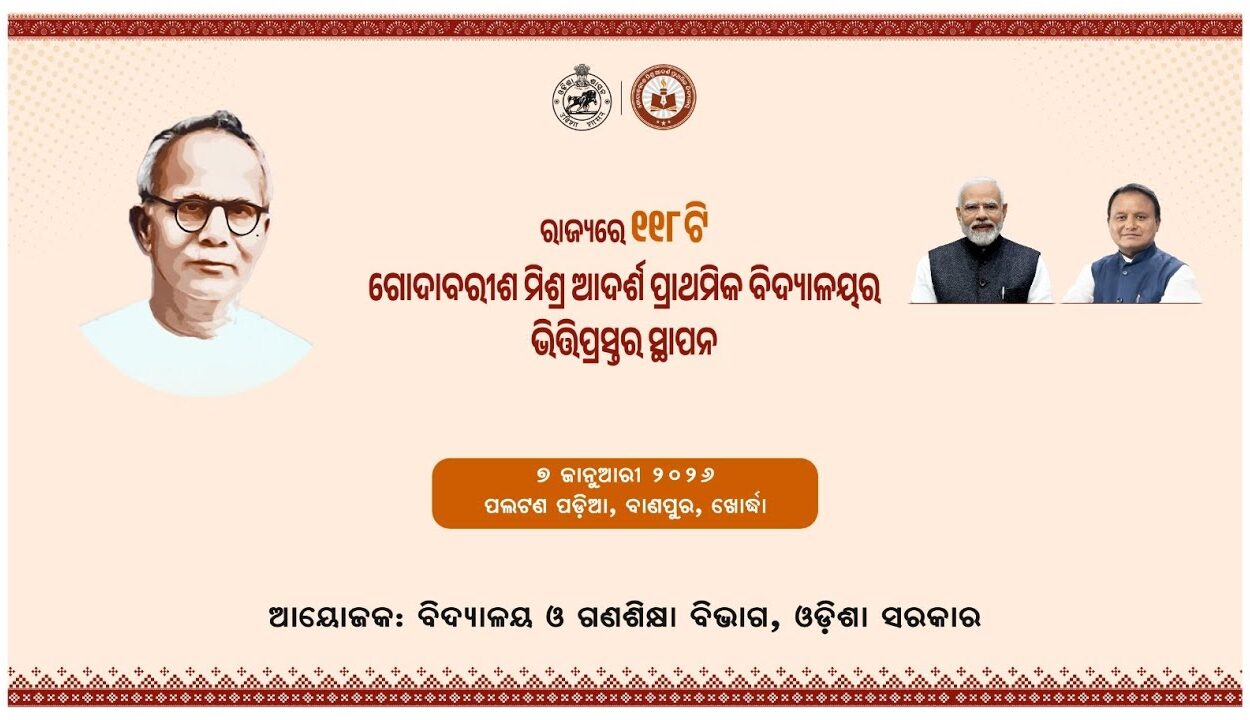Bhubaneswar: In a major step towards strengthening Odisha’s role in India’s railway network, Anu Garg, the Development Commissioner-cum-Additional Chief Secretary of Odisha, chaired a high-level review meeting on railway infrastructure and ongoing projects on Tuesday.
The meeting was attended by Usha Padhee, Principal Secretary of Commerce & Transport; Parmeshwar Funkwal, General Manager of East Coast Railway; Prem Kumar Jha, Principal Chief Conservator of Forests (Bhubaneswar); Balwant Singh, Commissioner-cum-Secretary of Tourism; the Commissioner of Rail Coordination; and other senior officials.
Odisha continues to play a leading role in railway development by expediting land acquisition, ensuring timely clearances, and co-financing key projects. Among the most significant initiatives is the 32 km Puri–Konark new line, sanctioned for Rs 492.12 crore. Designed to connect the UNESCO heritage sites of the Shree Jagannath Temple and the Sun Temple, the corridor will include four stations, key bridges, and facilities for special events. Expected to generate 11 lakh man-days, the project will not only boost spiritual and heritage tourism but also support local livelihoods through the One Station One Product scheme.
Three projects in Mayurbhanj district—Bangriposi–Gorumahisani, Badampahar–Kendujhargarh, and Buramara–Chakulia—will connect North Odisha with the western region, creating end-to-end connectivity from Betnoti to Rairangpur. Similarly, the Jaleswar–Chandaneswar link has been planned to promote coastal tourism. In the KBK region, new lines between Gunupur–Therubali, Junagarh–Nabarangpur, and Malkangiri–Pandurangapuram (via Bhadrachalam) will bring direct access from Raipur to Vijayawada and Hyderabad, boosting agro-based industries, regional tribal eco-tourism, and strengthening Odisha’s role in Atmanirbhar Bharat.
Other critical projects include the Khurda Road–Balangir new line, which enhances hinterland connectivity, and the Bargarh Road–Nawapara Road new line, which will improve market access for rice-producing areas of western and southern Odisha, reduce logistics costs for coal movement, and cut down coal dust pollution from Angul/Talcher to Raipur.
Authorities emphasised timely land acquisition, sustainable planning, and the integration of tourism with logistics. A strong push is being made to resolve bottlenecks, accelerate execution, and deliver projects that link heritage with modern logistics, empower tribal regions, and fuel industrial and tourism growth.
Odisha’s continued investment in railway infrastructure underscores its commitment to making the state a pivotal hub of connectivity, commerce, and culture.




